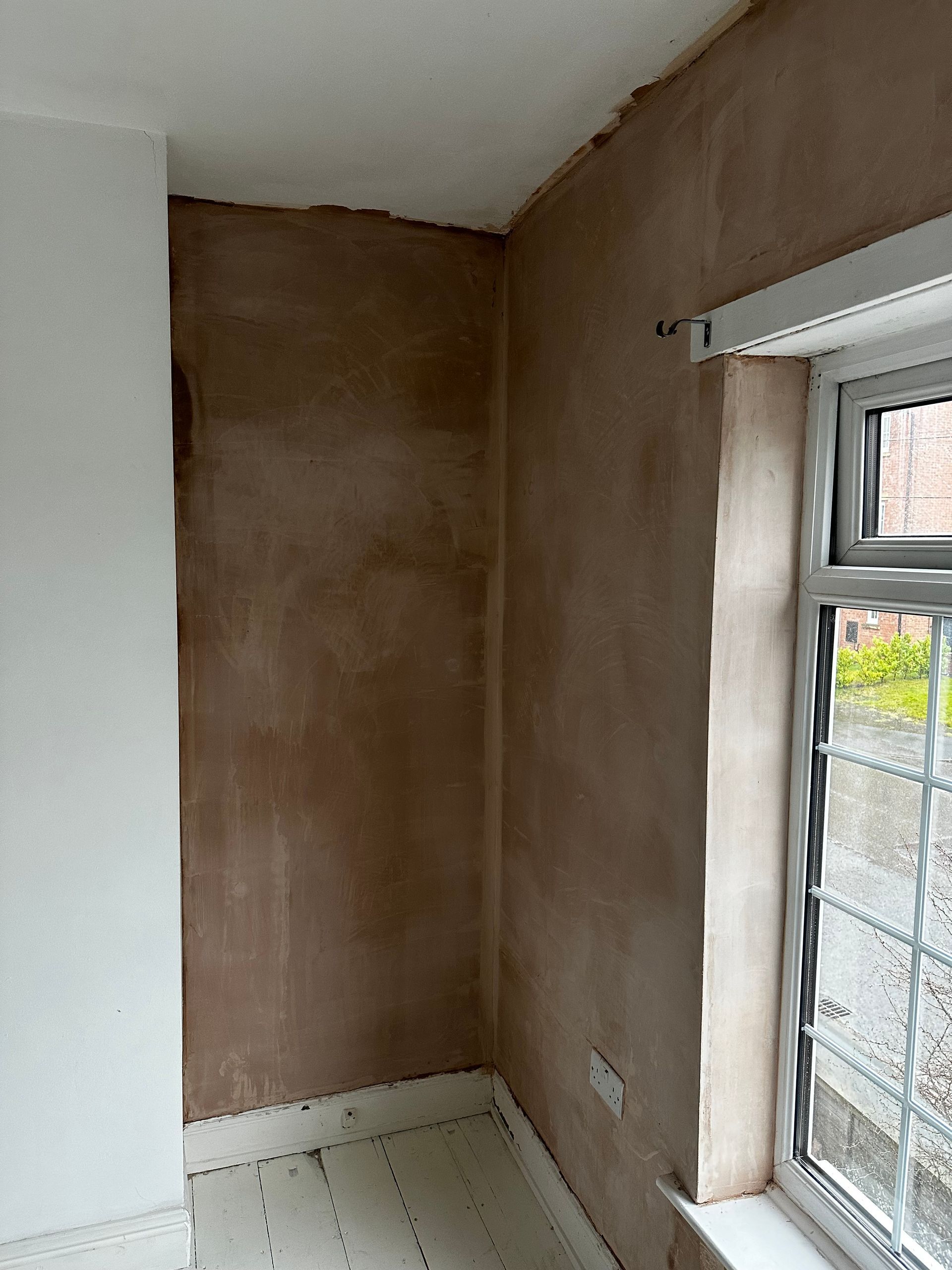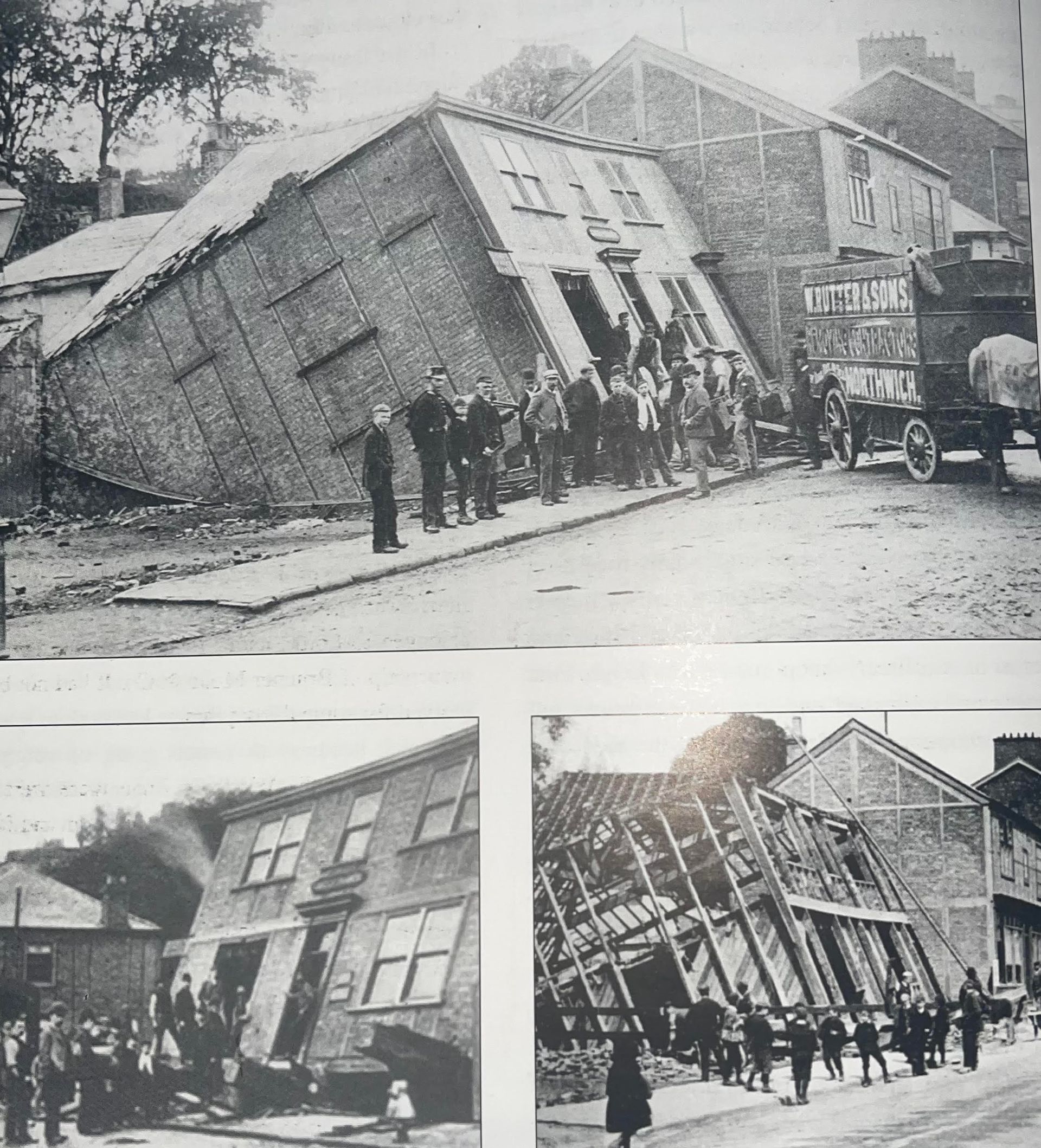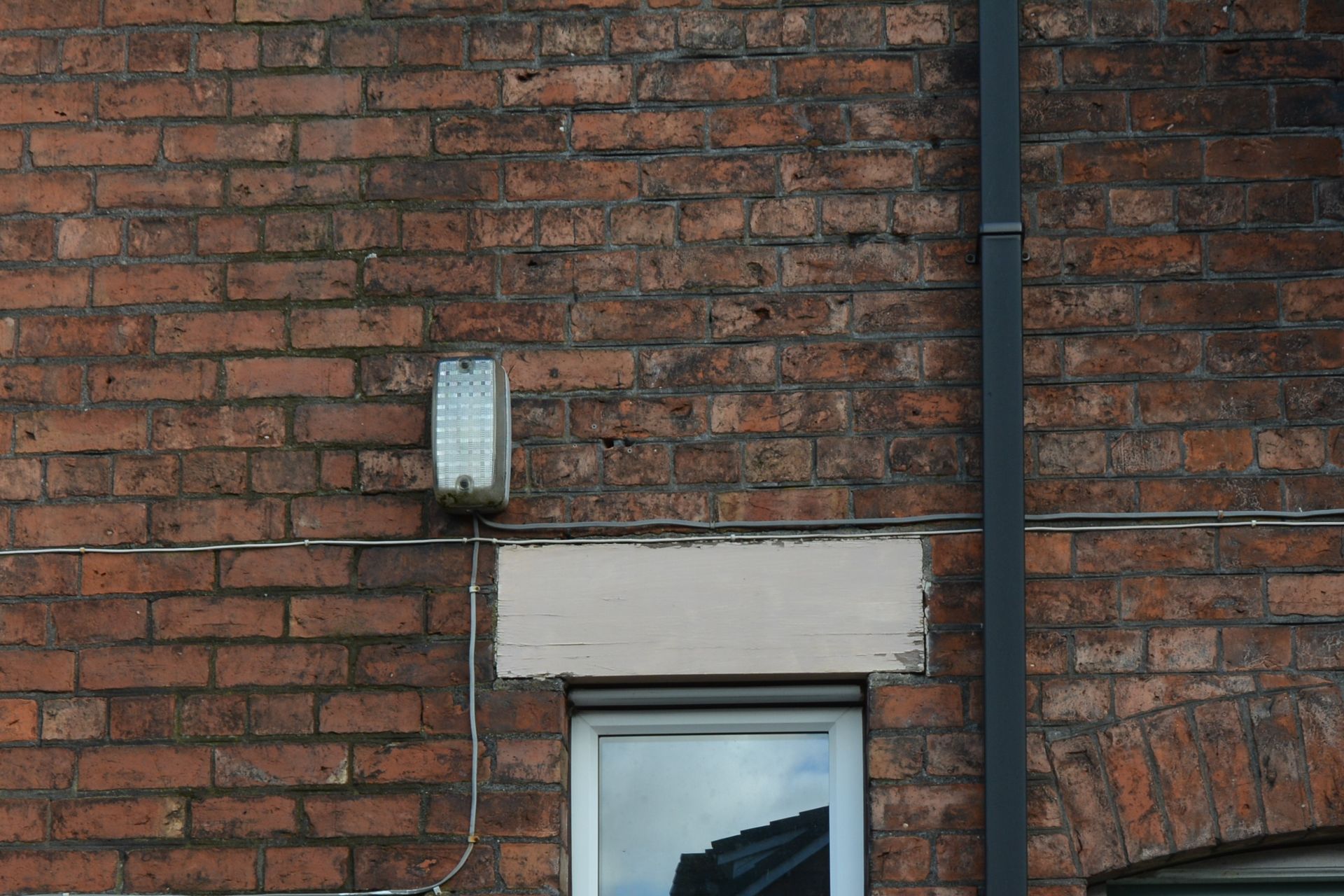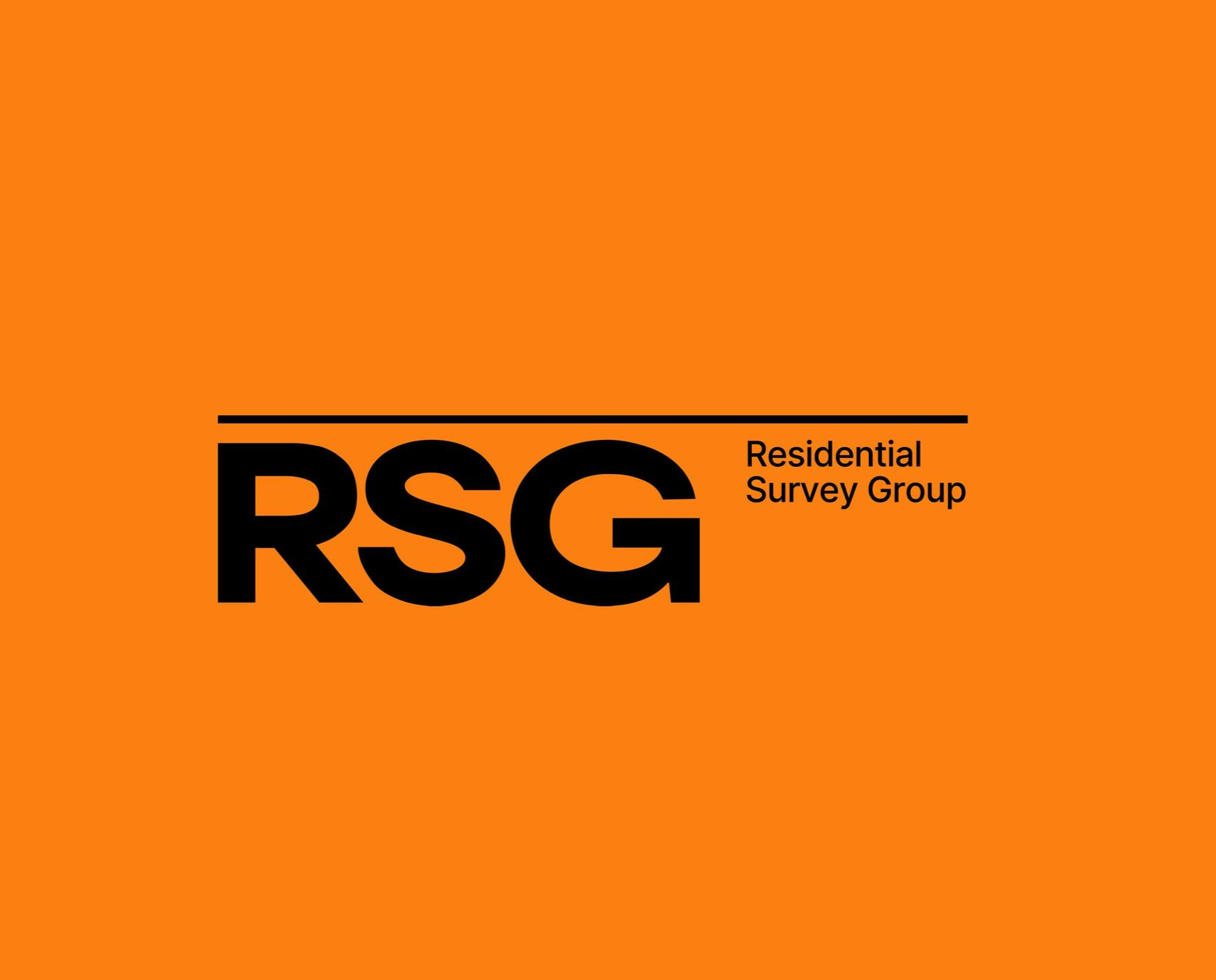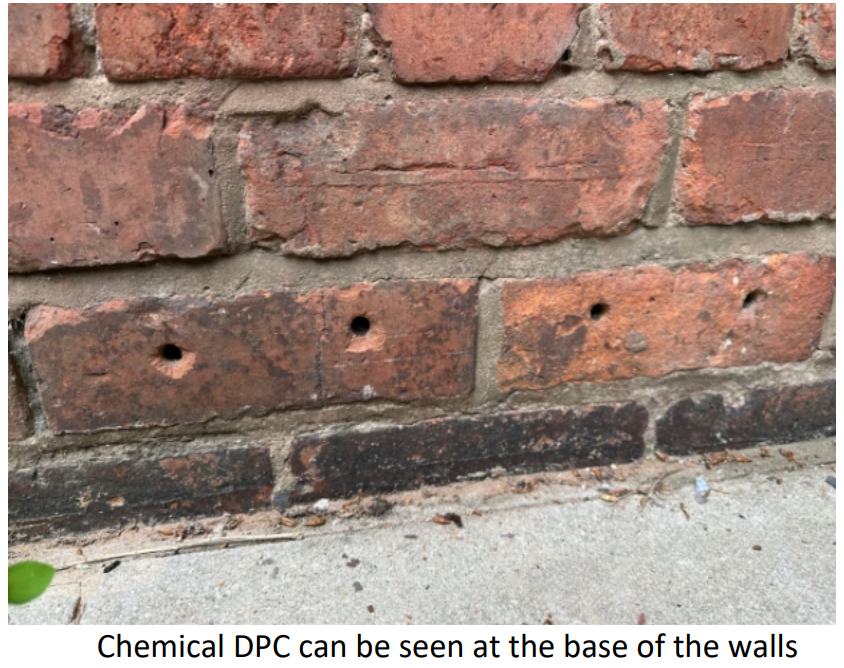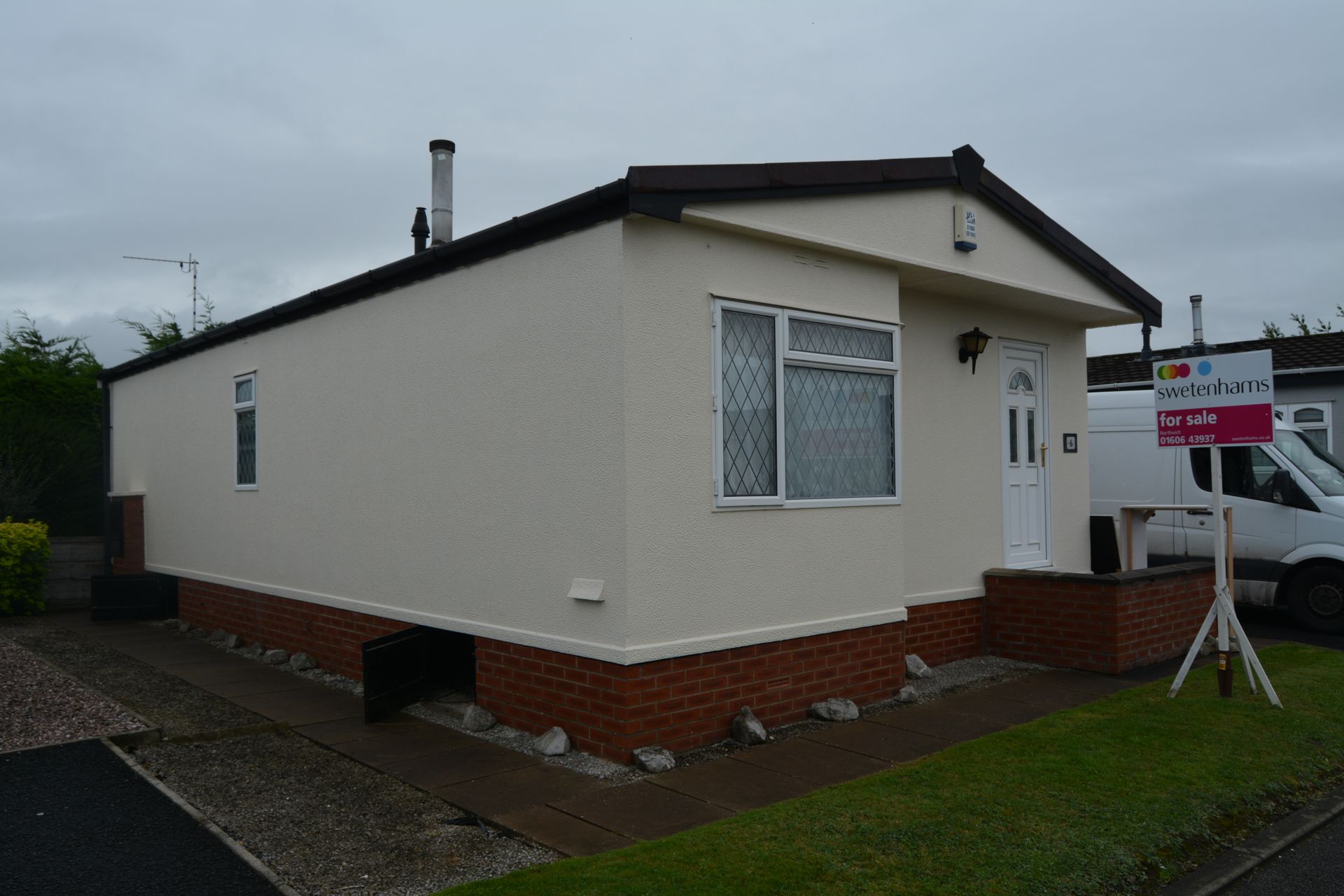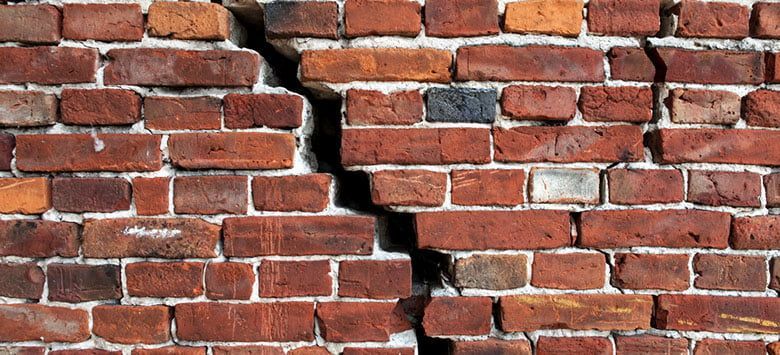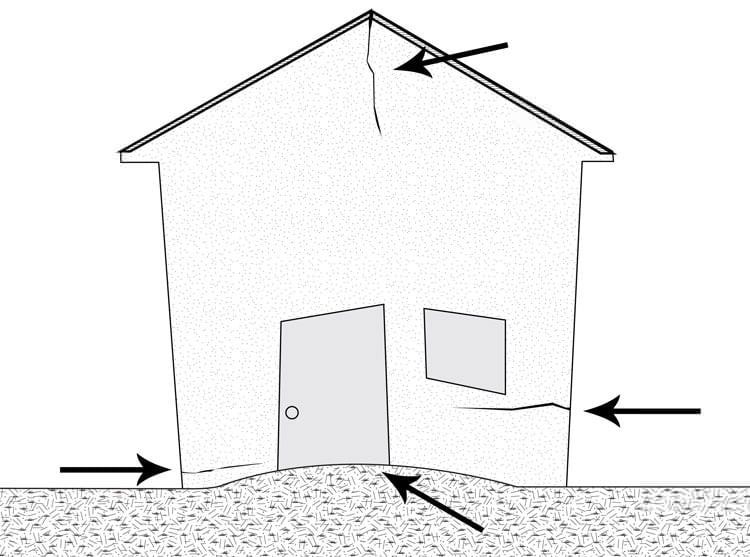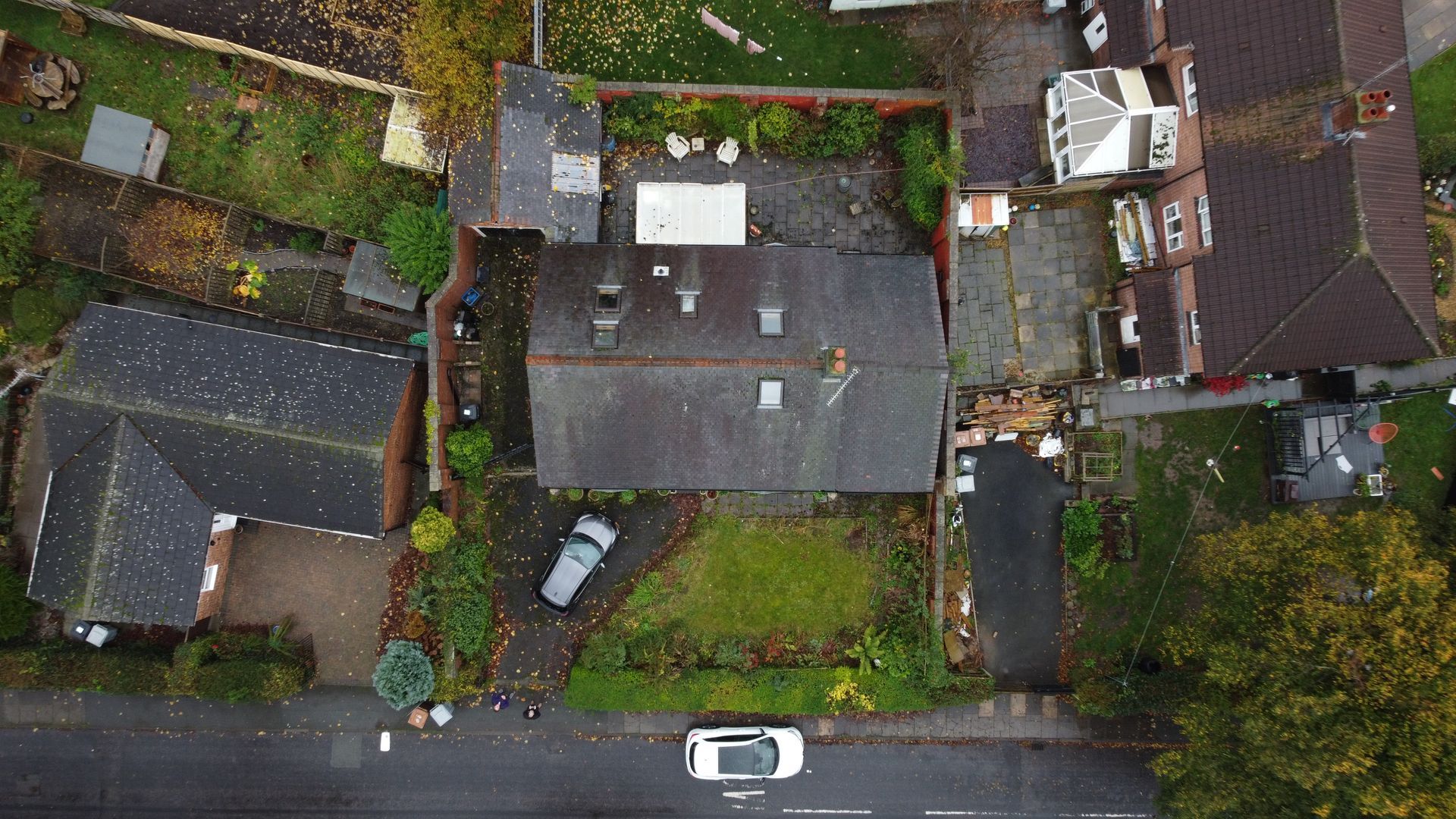The Hidden Flaw in Modern Homes: Battling Condensation in the Roof Space
In an era where new homes should epitomise perfection and technological advancement, it's surprising to uncover a persistent, widespread issue lurking in the attics and roof spaces of modern UK properties: condensation
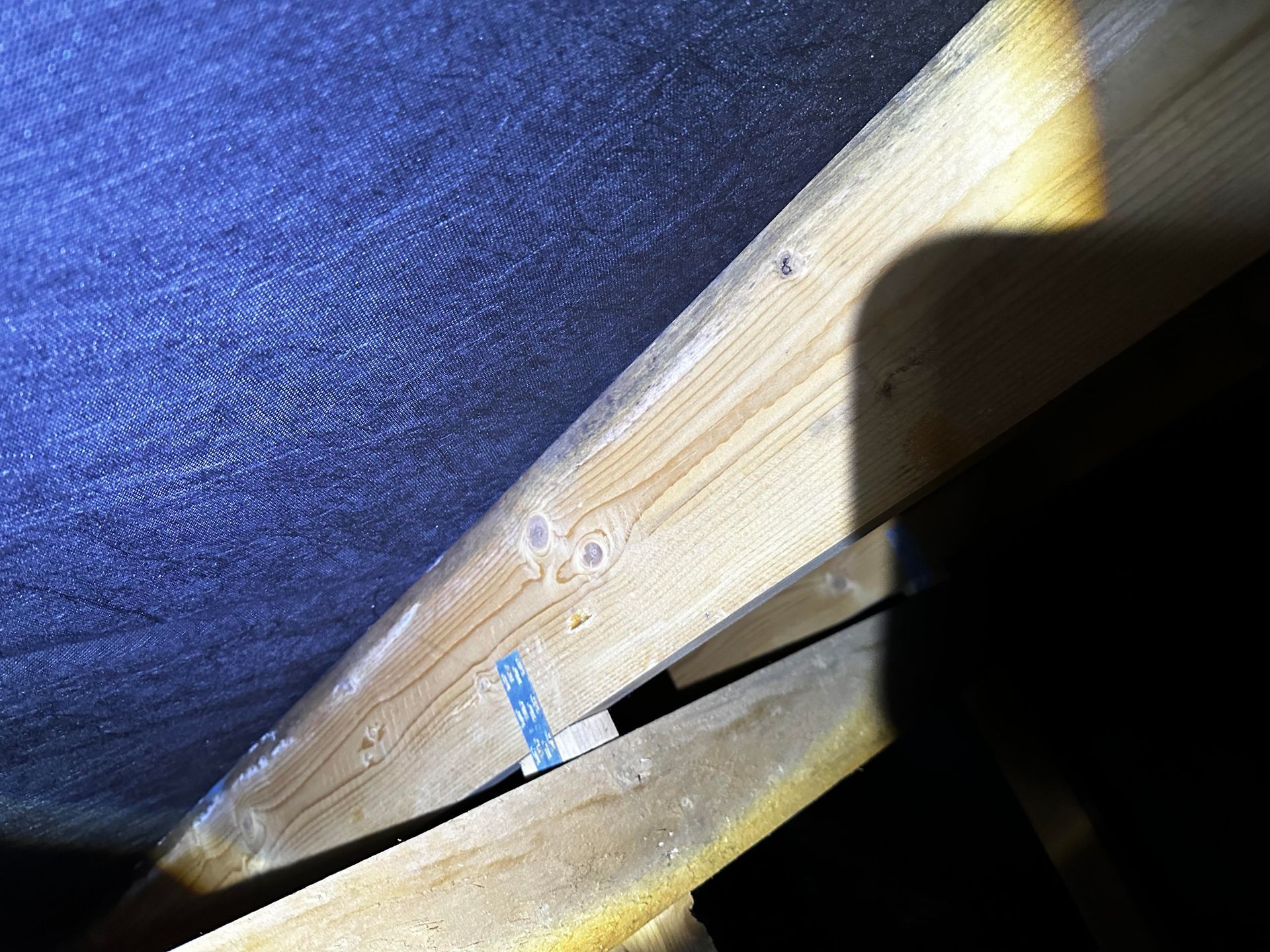
Introduction:
In an era where new homes should embody perfection and technological advancement, it's surprising to uncover a persistent, widespread issue lurking in the attics and roof spaces of modern UK properties: condensation. Despite being built in the 21st century, these homes are not immune to defects, with condensation being a notable and nearly ubiquitous problem. Why is this the case, and what can be done to address it?
The Ubiquity of Condensation in Modern Builds:
Condensation within roof spaces is not just a minor annoyance; it's a defect that plagues almost every new build we inspect. The expectation for newer properties to be free from such basic issues is reasonable, yet the reality tells a different story. The question arises: why haven't construction practices evolved to automatically include preventative measures against condensation?
The Science Behind the Moisture:
At its core, the issue stems from a simple principle: warm, moist air rises. Without a barrier to prevent this moisture from reaching the colder roof space and adequate ventilation to allow it to escape, condensation forms. This may sound benign, but it's far from it. During a recent survey on a property built in 2012, we discovered that condensation had not only formed but had saturated roof timbers and led to mold growth. Left unchecked, this moisture can cause serious structural damage, including rot.
Specific Culprits in Modern Construction:
Upon closer inspection, it's evident that not all condensation issues stem from a lack of preventive measures. In the property we surveyed, adequate eaves ventilation was present, but the real issue lay in the inadequate fitment of the Tyvek membrane—a secondary waterproof layer beneath the tiles. Contrary to best practices, the Tyvek had been stretched too tight, eliminating the necessary slight sags at overlaps that facilitate air movement between pieces of material, mirroring the function of LAP vents.
Additionally, the property had been retrofitted with cavity wall insulation, an unusual choice given its modern build. This loose-fill insulation had migrated up the cavity, inadvertently blocking the eaves vents that are critical for roof space ventilation. This scenario underscores a broader issue: even when preventive measures like LAP vents and Tyvek membranes are in place, improper installation can nullify their benefits, leading to severe condensation.
Simple Solutions Overlooked:
Addressing this problem isn't rocket science. A combination of vapor barriers to prevent moisture from rising, adequate ventilation in eaves and soffits, and the strategic placement of LAP vents and air bricks in gables could virtually eliminate the risk of condensation in roof spaces. Yet, these simple and effective solutions are often overlooked or improperly implemented in the construction of new homes.
A Close Call and a New Survey Approach:
Our recent survey was a wake-up call for a client who almost opted out of a survey for their 11-year-old property, thinking it was too new to have issues. This incident has propelled us at Residential Survey Group to develop a new survey format tailored for homes around a decade old. We believe the traditional snagging survey falls short for properties of this age, yet a Level 2 survey might be too comprehensive. Our upcoming solution bridges this gap, offering a cost-effective, targeted survey that addresses the unique needs of modern homes.
Stay Tuned:
Keep an eye on our social media channels for the launch of this innovative survey format. We're committed to ensuring that homeowners and buyers are equipped with the knowledge and resources to protect their investments from seemingly benign issues that can escalate into costly repairs.
Conclusion:
The prevalence of condensation in the roof spaces of modern homes is a problem that can no longer be ignored. It's a clear sign that building practices need to adapt and include preventative measures as standard. At Residential Survey Group, we're taking steps to address this gap through our services and advocacy for better construction standards. Ensuring your home is safe, dry, and free from condensation is not just about comfort—it's about preserving your investment for the future.

Home Surveys in Northwich, Middlewich & Winsford – What You Need to Know (and What They Should Cost)
